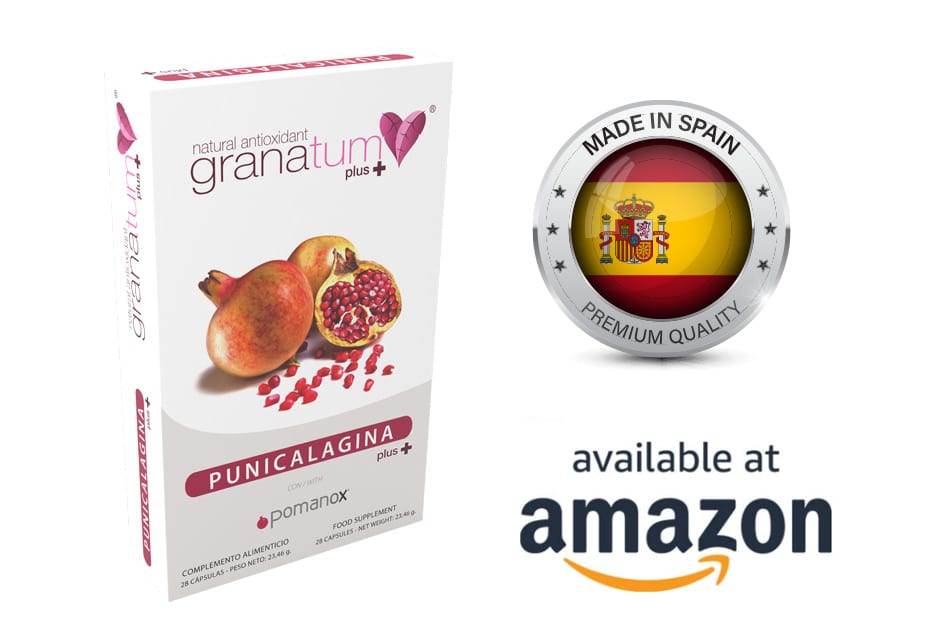
RESEARCH TITLE: Instrumental and sensory texture attributes of pomegranate arils and seeds as affected by cultivar
COUNTRIES: Spain
CONDUCTED BY: Universidad Miguel Hernández de Elche, Departamento de Tecnología Agroalimentaria, Grupo Calidad y Seguridad Alimentaria, Orihuela, Alicante, Spain; Universidad Miguel Hernández de Elche, Departamento de Producción Vegetal y Microbiología, Grupo de Fruticultura y Técnicas de Producción, Orihuela, Alicante, Spain; Catholic University of San Antonio, Department of Food Science and Nutrition, Campus de los Jerónimos, Murcia, Spain
PUBLISHED ON: LWT- Food Sciences and Technology
RESEACH:
Abstract
Texture of arils is an important quality parameter in the pomegranate industry and seed hardness is a key sensory attribute for fruits intended for fresh consumption. If the seeds are too hard and thus too difficult to chew, consumer satisfaction can be drastically reduced. The seed (woody portion of the aril) softness and highly accepted taste of sweet pomegranates is what makes them appropriate for fresh consumption. In the present study, 15 Spanish pomegranate cultivars belonging to different categories (seed hardness and main basic taste) were used for instrumental texture analyses, including texture profile analysis, and descriptive sensory analysis. Sweet and sour arils were the hardest ones (deformation test 12.0 N, and TPA hardness 4.85 N). The trends for the seeds were very clear: seeds of sour fruits had the highest values of both puncture test (36.7 N) and sensory hardness (10.6), with sour-sweet seeds presenting intermediate values (20.4 N, and 8.5, respectively), and finally with the sweet cultivars having the softest seeds (10.3 N, and 5.5). Mollar cultivars, which had lowest seed hardness also had high hardness values of the aril peel, which is important for postharvest manipulation of the pomegranate arils.
YEAR: 2015
